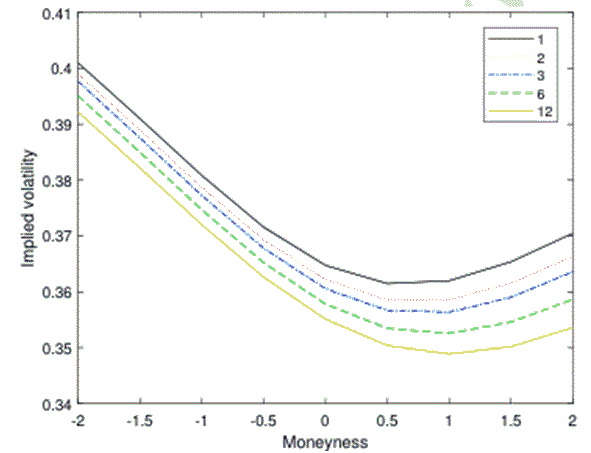Dispersion trading is an investment strategy used to capitalize on discrepancies in volatilities between an index and its constituents. In this issue, I will feature dispersion trading strategies and discuss their profitability.
Profitability of a Dispersion Trading Strategy
Reference [1] provided an empirical analysis of a dispersion trading strategy to verify its profitability. The return of the dispersion trading strategy was 23.51% per year compared to the 9.71% return of the S&P 100 index during the same period. The Sharpe ratio of the dispersion trading strategy was 2.47, and the portfolio PnL had a low correlation (0.0372) with the S&P 100 index.
Findings
-The article reviews the theoretical foundation of dispersion trading and frames it as an arbitrage strategy based on the mispricing of index options due to overestimated implied correlations among the index’s constituents.
-The overpricing phenomenon is attributed to the correlation risk premium hypothesis and the market inefficiency hypothesis.
-Empirical evidence shows that a basic dispersion trading strategy—using at-the-money straddles on the S&P 100 and a representative subset of its stocks—has significantly outperformed the broader stock market.
-The performance of the dispersion strategy demonstrated a very low correlation to the S&P 100 index, highlighting its diversification potential.
-This study reinforces the idea that sophisticated options strategies can uncover persistent market inefficiencies.
This article proved the viability of the dispersion trading strategy. However, there exist two issues related to execution,
-The analysis assumes no transaction costs, which is a key limitation; in practice, only market makers might replicate the back-tested performance due to the absence of slippage.
-Another limitation is the simplified delta hedging method used, which was based on daily rebalancing.
-A more optimized hedging approach could potentially yield higher returns and partially offset transaction costs.
Reference
[1] P. Ferrari, G. Poy, and G. Abate, Dispersion trading: an empirical analysis on the S&P 100 options, Investment Management and Financial Innovations, Volume 16, Issue 1, 2019
Dispersion Trading in a Less Liquid Market
The previous paper highlights some limitations of the dispersion strategy. Reference [2] further explores issues regarding liquidity. It investigates the profitability of dispersion trading in the Swedish market.
Findings
-Dispersion trading offers a precise and potentially profitable approach to hedging vega risk, which relates to volatility exposure.
-The strategy tested involves shorting OMXS30 index volatility and taking a long volatility position in a tracking portfolio to maintain a net vega of zero.
-The backtesting results show that vega risk can be accurately hedged using dispersion trading.
– Without transaction costs, the strategy yields positive results.
-However, after accounting for the bid-ask spread, the strategy did not prove to be profitable over the simulated period.
– High returns are offset by substantial transaction costs due to daily recalibration of tracking portfolio weights.
– Less frequent rebalancing reduces transaction costs but may result in a worse hedge and lower correlation to the index.
In short, the study concluded that if we use the mid-price, then dispersion trading is profitable. However, when considering transaction costs and the B/A spreads, the strategy becomes less profitable.
I agree with the author that the strategy can be improved by hedging less frequently. However, this will lead to an increase in PnL variance. But we note that this does not necessarily result in a smaller expected return.
Reference
[2] Albin Irell Fridlund and Johanna Heberlei, Dispersion Trading: A Way to Hedge Vega Risk in Index Options, 2023, KTH Royal Institute of Technology
Closing Thoughts
I have discussed the profitability of dispersion strategies in both liquid and illiquid markets. There exist “inefficiencies” that can be exploited, but doing so requires a more developed hedging approach and solid infrastructure. The “edge” is apparent, but consistently extracting it demands a high level of skill, discipline, and operational capability. In reality, it is this latter part, i.e. the ability to build and maintain the necessary infrastructure, that represents the true edge.

